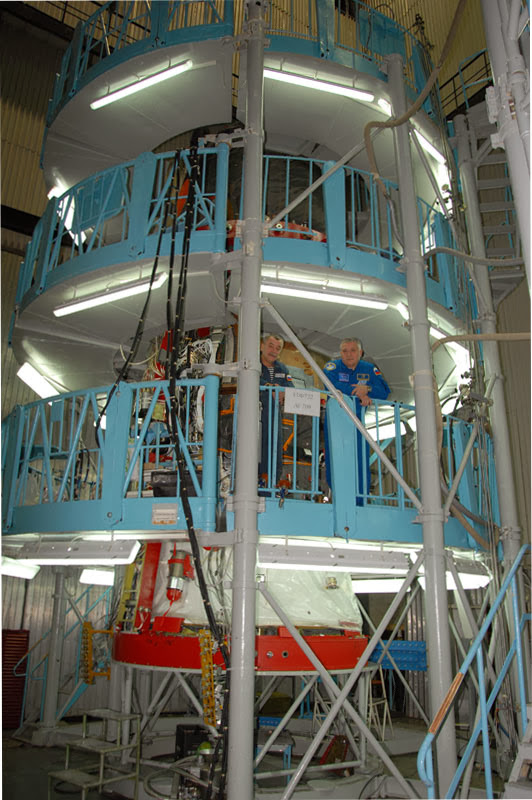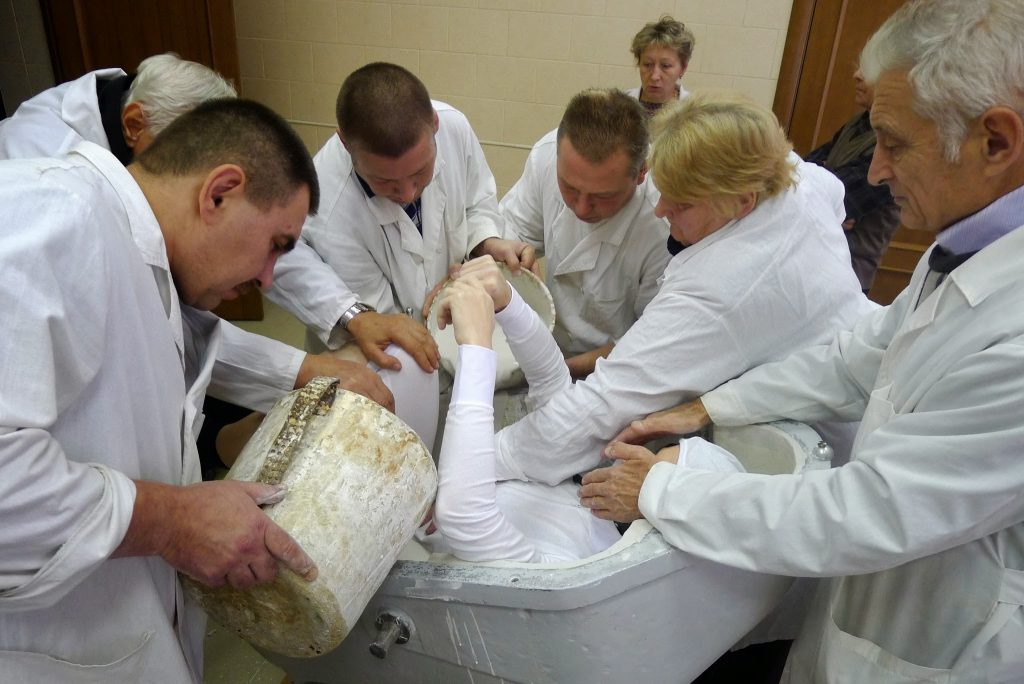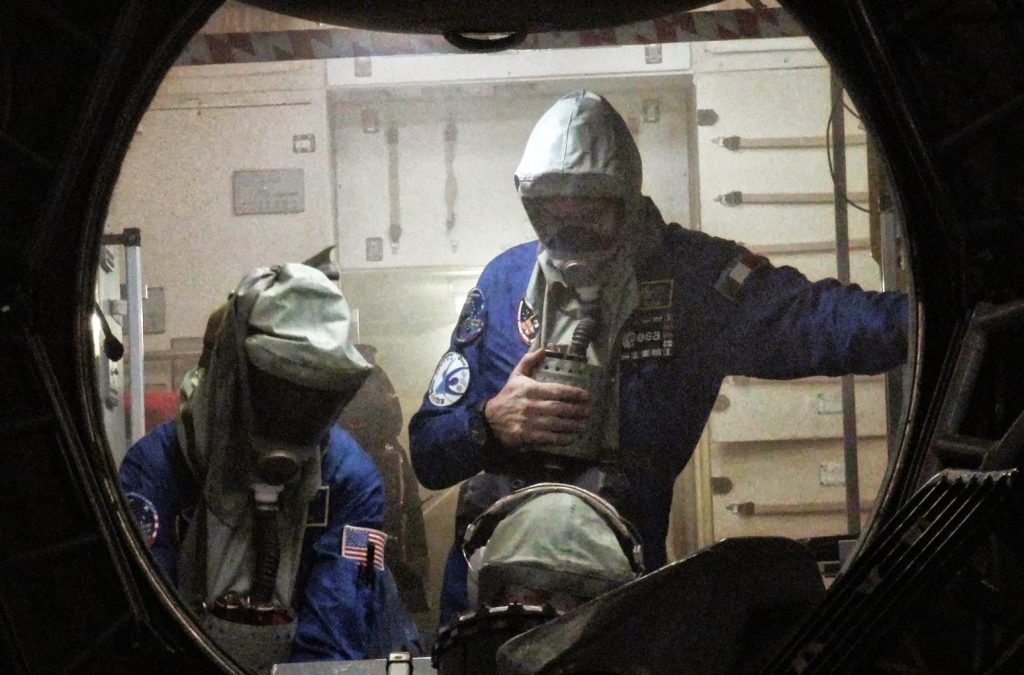This is the second entry in a final series of logbooks looking back at departure, landing and re-adaptation!
11 June 2015
In spite of the busy pre-departure schedule, I did find the time for one last tour of the Space Station: just a quick float-through, trying to soak it in and fix it all in my memory. Oh, and one flight last across the Lab, pushing off the handrails on the one end just the right way to fly straight to the other hatchway. Seems so natural, those clumsy first days when flying was a challenge are many month in the past.
I trashed my last toiletry items left in Node 3 and also a few last pieces of clothing left in my crew quarters from the night, after which I only “owned” the clothes I was wearing. I logged off my personal laptops: should anyone write an email to me in space from now on, I will never read it, since I will never have access to this email address again. I took one last look in Columbus, to make sure I was leaving it in good shape. Silly, in a way, I have no more formal responsibility for Columbus than for any other place on Station, but I guess I have always felt a bit in charge of this piece of Europe in space. Finally, I showed Scott where he could find my left-over bonus food. I ran out of olive oil a few days ago: I guess it’s really time to leave.
At 6 am I joined Anton in the Soyuz for to perform a few checks and activation tasks. Everything went smoothly and quickly. Then it was time to stow some water and a last minute snacks in the orbital module of the Soyuz, verify that all the checklists were present and wait for hatch closing time, around 7 am.
We had said our good byes last night, taking our time over dinner, but it was still an intense moment when we exchanged one last hug with Scott, Gennady and Misha. Even more so, when Anton and Gennady closed the hatches. For a moment I became acutely aware of the fact that life would continue on ISS, but we would no longer be part of it. But there was no time to linger on that thought, now we had to focus on getting safely back to Earth. The nice thing about spaceflight is that there is always a hatch closure to signal unambiguously that something has finished and it’s time to focus on what’s coming next.
First priority: get all the pre-departure operations done properly and in time, starting with the leak check of the Soyuz and Station hatches. As you can probably guess, if you’ve been following this logbook, to do that we needed to depressurize the vestibule, the space between that two hatches. For safety (should the Soyuz external hatch actually leak) we all went to our place in the descent module and closed the hatch, to isolate ourselves from the orbital module. Then I sent the command to open the vestibule venting valve and we watched the pressure in the vestibule drop to almost zero. Although we were still solidly attached to the Space Station, there was now vacuum separating us from our friends inside. [cont.]
#SamLogbook #Futura42
Futura mission website (Italian): Avamposto42
avamposto42.esa.int
RICORDATE DI VOTARE PER AVAMPOSTO42 AI MACCHIANERA ITALIAN AWARDS!
https://www.facebook.com/photo.php?fbid=822247314539790
(Trad IT) Traduzione in italiano a cura di +AstronautiNEWS
qui:
https://www.astronautinews.it/tag/logbook
(Trad FR) Traduction en français par +Anne Cpamoa ici:
https://spacetux.org/cpamoa/category/traductions/logbook-samantha
(Trad ES) Tradducción en español por +Carlos Lallana Borobio
https://laesteladegagarin.blogspot.com.es/search/label/SamLogBook
(Trad DE) Deutsche Übersetzung von
https://www.logbuch-iss.de
(Trad RUS) Русский перевод +Dmitry Meshkov
https://samlogbook-ru.livejournal.com 






